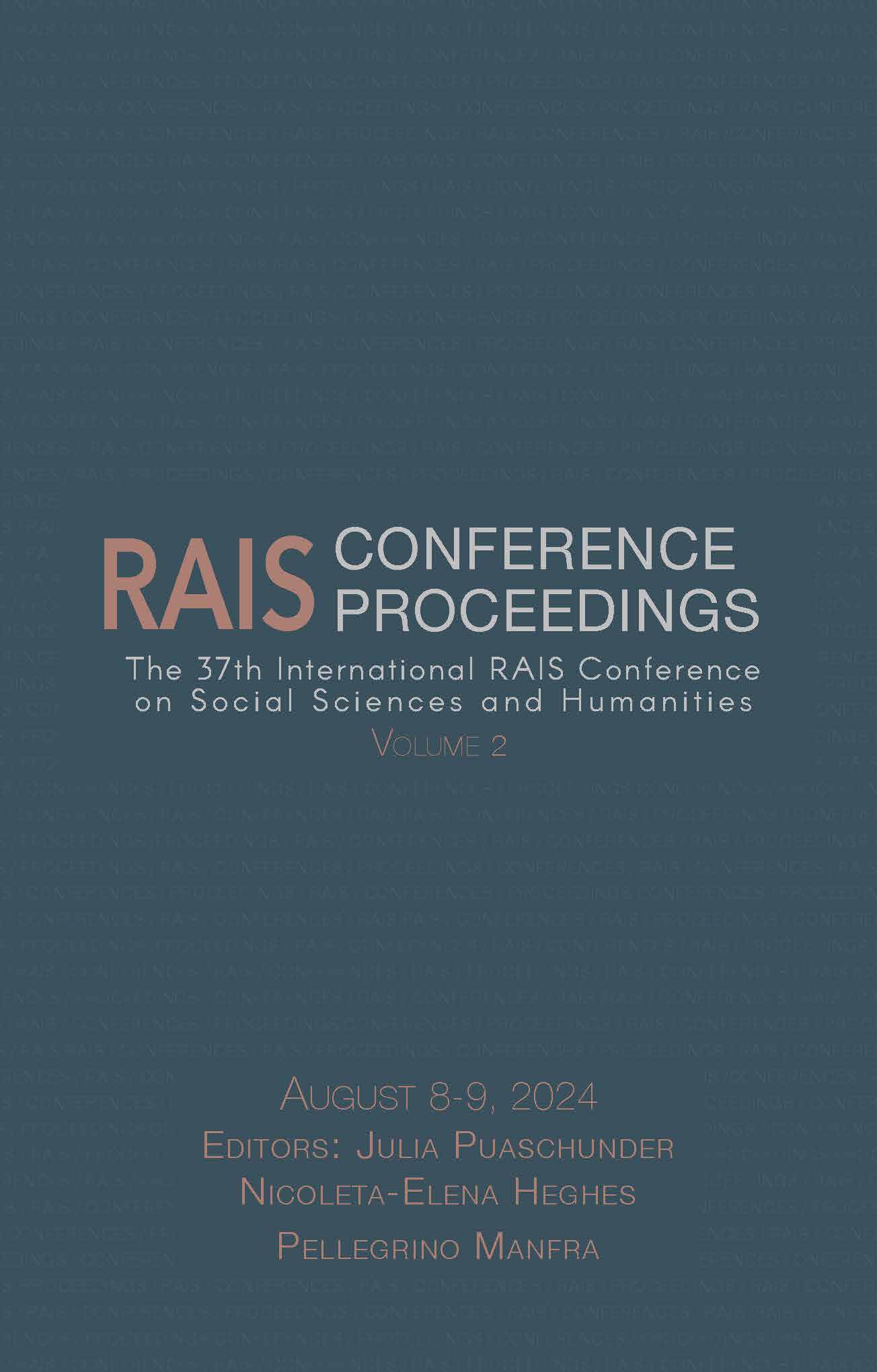Intersecting Paths: Self-Efficacy for Exercise, Appetitive Traits, and Internalizing Psychopathology
Intersecting Paths: Self-Efficacy for Exercise, Appetitive Traits, and Internalizing Psychopathology
Author(s): Ligiana Mihaela Petre, Paweł Piepiora
Subject(s): Clinical psychology, Behaviorism
Published by: Scientia Moralitas Research Institute
Keywords: HiTOP; Exercise Self-Efficacy; Appetitive Traits; Internalizing Psycho-pathology; IDAS-II;
Summary/Abstract: In this cross-sectional study, we explore the influence of age, Body Mass Index (BMI), appetitive traits, and internalizing psychopathology on exercise self-efficacy among 52 participants, framed within the Hierarchical Taxonomy of Psychopathology (HiTOP) model. Appetitive traits were assessed using the Adult Eating Behavior Questionnaire (AEBQ), exercise self-efficacy through the Self-Efficacy for Physical Activity Survey (SEPAV), and internalizing psychopathology via the Romanian Inventory of Depression and Anxiety Symptoms (IDAS-II). Stepwise regression analysis across three models revealed that BMI and age (Model 1) have minimal impact on exercise self-efficacy. Adding appetitive traits (Model 2) and internalizing symptoms (Model 3) significantly improved predictive power. Specifically, emotional under-eating was negatively associated with self-efficacy for exercise. Moreover, emotional under-eating was a negative predictor for resisting relapse and making time for exercise, as key factors of exercise self-efficacy. In addition, food responsiveness positively predicts resisting relapse, and negatively, making time for exercise, and self-efficacy for exercise. Lassitude was a negative predictor for resisting relapse, and appetite gain was a positive predictor for making time for exercise. These results underscore the relationship between psychological factors and physical activity, suggesting the need for interventions that address both mental and physical health dimensions. This study confirms the HiTOP model's relevance in identifying psychopathological influences on exercise behav-ior and mental health.
Book: Proceedings of the 37th International RAIS Conference on Social Sciences and Humanities, vol. 2
- Page Range: 1-12
- Page Count: 12
- Publication Year: 2024
- Language: English
- Content File-PDF

